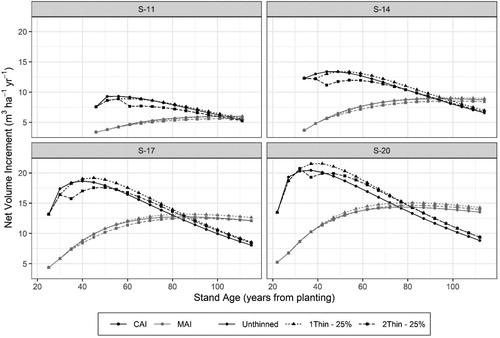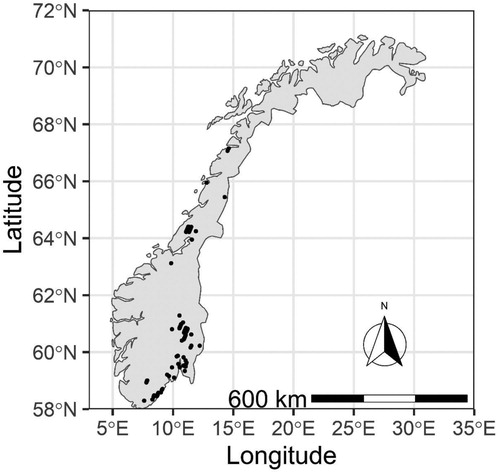Figures & data
Table 1. Descriptive statistics of thinned and unthinned Norway spruce data.
Figure 2. Description of the model application in the new stand-level model. Numbers in brackets corresponds to the equations presented in the text.
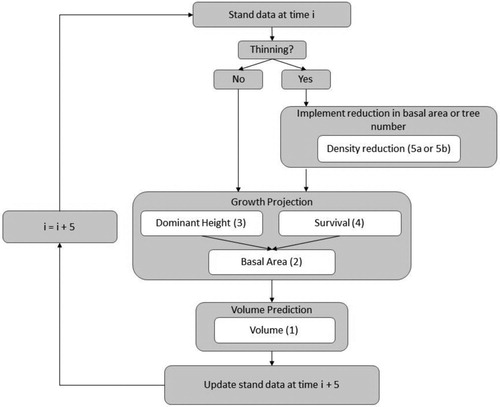
Table 2. Definitions of variables and their abbreviations used in this work.
Table 3. Stand data for four selected unthinned Norway spruce plots.
Table 4. Parameter estimates (standard errors) and fit statistics for Equations (1–5).
Figure 3. Observed versus predicted values for future Volume (V2), basal area (G2), trees per hectare (N2), and dominant stand height (H2) based on predictions from Equations 1–4 with parameter values from . Residuals are based on direct predictions from observations (circles) and, in the case of G2 and V2, include predictions from the necessary model components (triangles).

Figure 4. Comparison of site-index curves between the new Equation (4) and the equations of Tveite (Citation1977) and Sharma et al. (Citation2011).
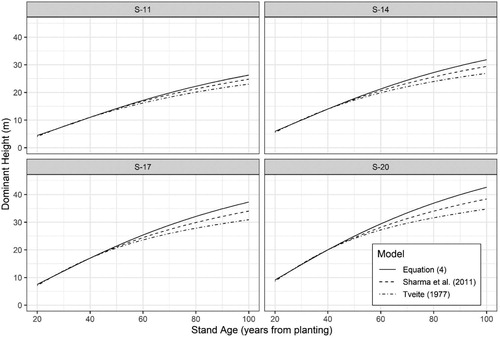
Figure 5. Development in number of trees per hectare for different site indices (m, base age 40 years) and different thinning intensities based on a common starting value of 2500 trees per hectare. The basal area thinning quotient (GTQ) is the ratio of basal area before and after thinning where a value of 1 indicates the unthinned stand condition.
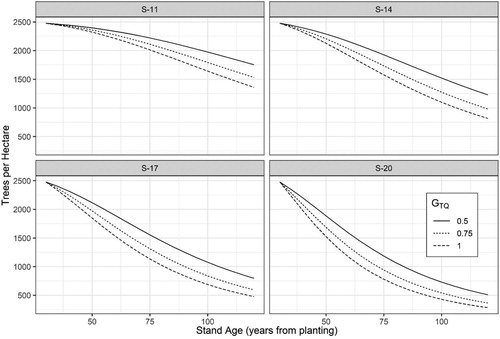
Figure 6. Comparison of residuals for predicted future trees per hectare (N2) between the new survival function, Equation (3), and the survival function of Eid and Øyen (Citation2003).
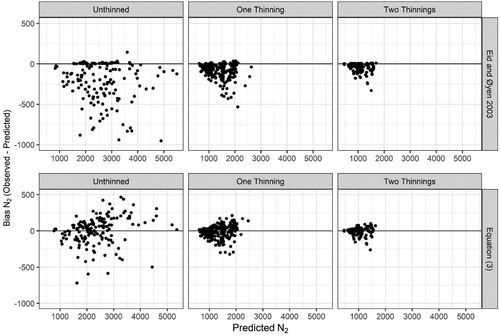
Figure 7. Comparison of residuals for future quadratic mean diameter (QMD2, cm) between the function of Blingsmo (Citation1984) and the implied QMD2 calculated from future basal area and trees per hectare as predicted from Equations (2) and (3), respectively.
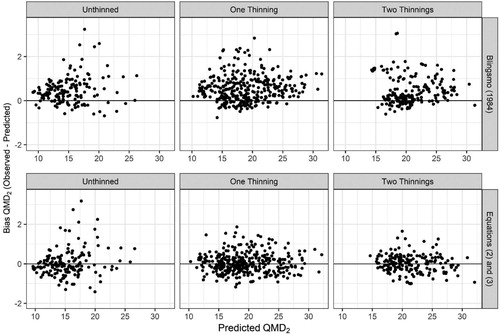
Figure 8. Comparison of residuals for future volume (V2, m3 ha−1) as predicted from Næsset and Tveite (Citation1999) and from Equation (1).
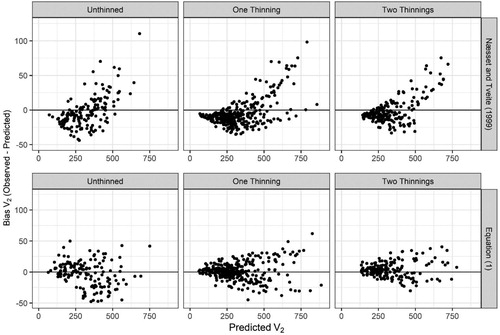
Figure 9. Development in future trees per hectare and basal area for four Norway spruce stands () representing different site indices (S-11, 14, 17, and 20 m) with three management scenarios including: Unthinned, one-thinning removing 25% of the basal area at a dominant stand height of 12 m, and two-thinnings removing 25% of the basal area at dominant stand heights of 12 and 16 m.
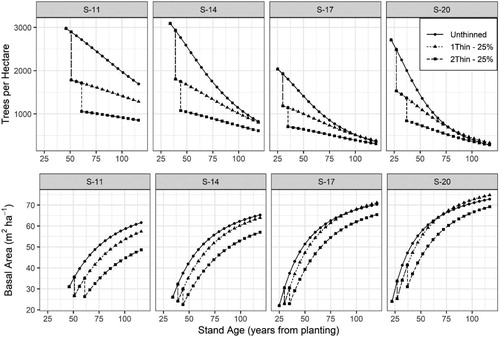
Figure 10. Maximum size-density relationships for four Norway spruce stands () representing different site indices (S-11, 14, 17, and 20 m) with three management scenarios including: Unthinned, one-thinning removing 25% of the basal area at a dominant stand height of 12 m, and two-thinnings removing 25% of the basal area at dominant stand heights of 12 and 16 m.
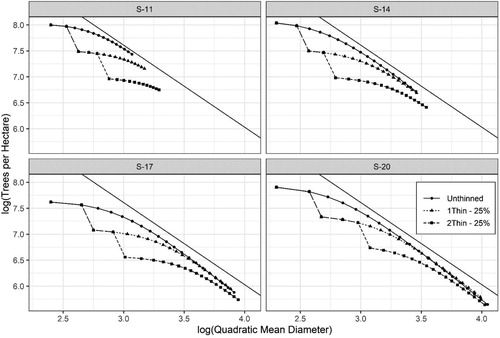
Figure 11. Development of standing volume and net volume (standing + removed volume) for four Norway spruce stands () representing different site indices (S-11, 14, 17, and 20 m) with three management scenarios including: Unthinned, one-thinning removing 25% of the basal area at a dominant stand height of 12 m, and two-thinnings removing 25% of the basal area at dominant stand heights of 12 and 16 m.

Figure 12. Comparison of current annual volume increment (CAI) and mean annual volume increment (MAI) stands of different site indices under three management scenarios: Unthinned, one-thinning removing 25% of the basal area at a dominant stand height of 12 m, and two-thinnings removing 25% of the basal area at dominant stand heights of 12 and 16 m.
